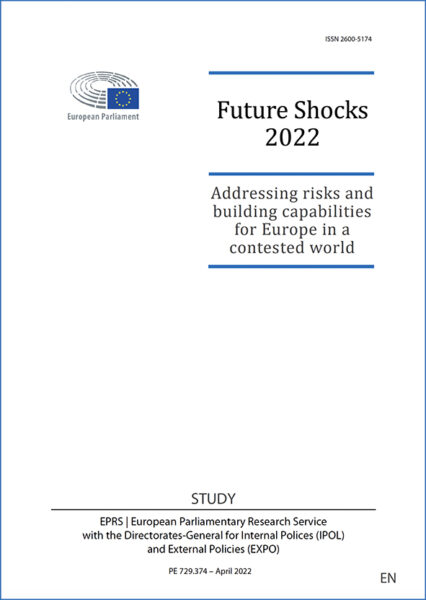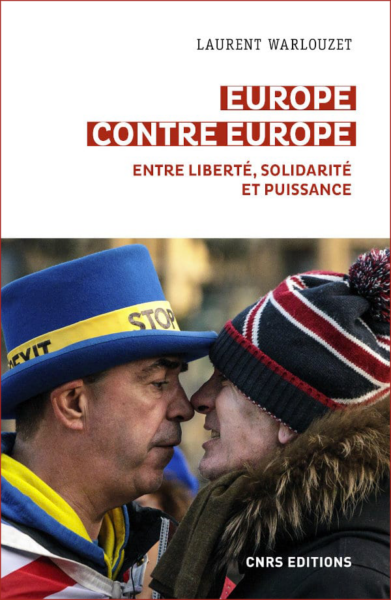Intellectuals in the 1920s were much concerned to find new forms of economic, social and political organization capable of meeting the challenges of modern times and of giving practical expression to the pacifist attitudes which were widespread after the First World War. In this context, the idea of a union of the countries of Europe began to emerge: for those in favour, it had the double advantage of preventing any fresh conflict and of strengthening the nations of the Old World vis-à-vis the rising power of the United States and the Soviet Union. Thus the idea of a united Europe was fashionable in the 1920s, and the Revue des Vivants reflected this in 1929 by organizing a competition on the theme of “the United States of Europe”, then publishing the best contributions.
Claude du Granrut offers us here a summary that reveals, as well as the visionary character of the writings chosen, how the issues dominating European unification have remained much the same down to the present day. This article is useful in both showing how much progress has been made but also highlighting the questions that still need to be resolved after more than 70 years.
A Plan for a Federal Europe in 1930 (Futures of Yesteryear)
Cet article fait partie de la revue Futuribles n° 318, avr. 2006

